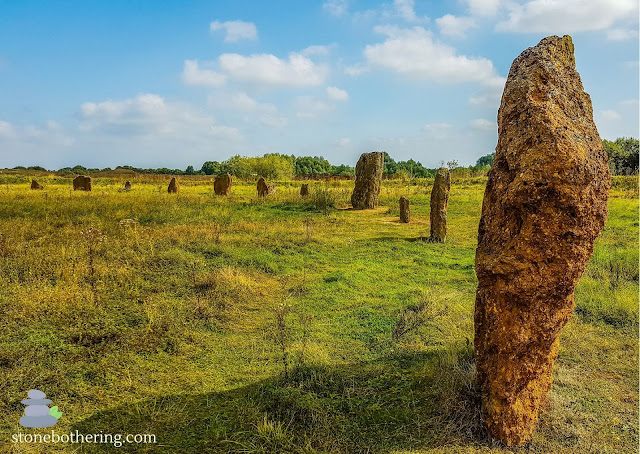The Plague Stones of England: A Sobering Reminder of a Bygone Era
Plague stones are found across England, and are usually in the form of hollowed-out stones or boulders. These stones are relics of the medieval plagues, and were used as a way to try to prevent the spread of disease.
During the plague, people were terrified of catching the disease. They believed that it was contagious, and that it could be spread through contact with infected people or objects.
Plague stones were placed along roads and at parish boundaries. They were filled with vinegar or another disinfectant, and people would place coins in the hollows. The idea was that people could buy food and other goods from outsiders without having to come into direct contact with them.
Plague stones were also used to mark the graves of plague victims. This was done to help prevent people from accidentally disturbing the graves and spreading the disease.
Today, plague stones are a sobering reminder of a bygone era. They are a testament to the fear and suffering that people endured during the plague years.
Here are some of the most notable plague stones in England:
- Eyam Plague Stone, Derbyshire: This plague stone is located in the village of Eyam, which famously quarantined itself during the 1665 plague outbreak. The stone has a hollowed-out top, which was filled with vinegar.
- Hob Moor Plague Stone, York: This plague stone is located on Hob Moor, a nature reserve in York. It is a large boulder with a hollowed-out top, which was also filled with vinegar.
- Penrith Plague Stones, Cumbria: There are two plague stones in Penrith, one to the north and one to the south of the town. Both stones are hollowed-out and were used to disinfect coins.
- Bury St Edmunds Plague Stone, Suffolk: This plague stone is located in the town of Bury St Edmunds, which was one of the worst-hit towns in England during the 1348 Black Death. The stone has a hollowed-out top and is inscribed with the words "God have mercy on all Christian souls."
- Gresford Plague Stone, Denbighshire: This plague stone is located in the village of Gresford, near Wrexham. It is a large boulder with a hollowed-out top, which was filled with vinegar.
- Zennor Plague Stone, Cornwall: This plague stone was positioned at the boundary of Zennor Churchtown. The depression in the centre was filled with vinegar. Money that changed hands between villagers and outsiders would be placed in the vinegar, and thus disinfected.
Plague stones are a fascinating part of English history. They are a reminder of a time when people were terrified of disease, and of the lengths they would go to in order to protect themselves.
© All rights reserved
.jpg)
.jpg)

